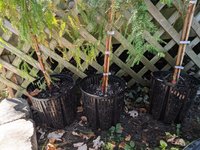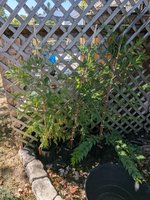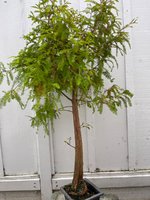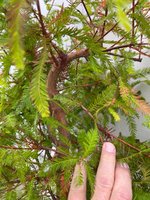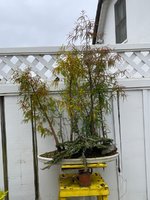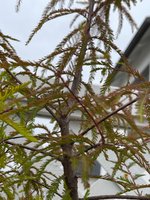Horsefeathers
Sapling
I was able to pick up 3 Bald Cypress through a county native tree program. At the moment the trees are about 5' tall and about an inch or so in diameter.
My plan is to put them in pots and let them grow / thicken. Should I be reducing the top at all or just let it keep growing? From what I saw on another site, water is important for the fluting, so I was going to pot them up without drainage holes while they are growing. Is this an incorrect approach?
Any insight would be appreciated!
My plan is to put them in pots and let them grow / thicken. Should I be reducing the top at all or just let it keep growing? From what I saw on another site, water is important for the fluting, so I was going to pot them up without drainage holes while they are growing. Is this an incorrect approach?
Any insight would be appreciated!

